|
It's going to be late!
Hello friends! Tarot in Wonderland, illustrated by Eugene Smith, will be available in mid- to late April. Sadly it is stuck on a boat between here and China and will be a little late…just another Trickster experience that has been part of this deck from the beginning. In fact, it has been so delayed for so many reasons from the beginning that it is dedicated to Hermes, my favorite expression of the Trickster. Even though the subject matter is whimsical and supposedly nonsensical, it is one of my deepest decks yet. Having loved Carrol’s work from childhood through writing innumerable papers on it in college, this deck was a joy to create. Part of the fun was exploring the similarities between tarot and the Alice stories. Some topics discussed in the book include: identity, searching for wisdom, and opposites. Another direction we consider is reading mundane things as sacred texts. Below is an excerpt from the book explaining this idea. Below that is an excerpt about the Hierophant, a suitable match to go with a discussion about sacred texts. I hope you enjoy this and ultimately, the deck. Tarot in Wonderland Sacred Texts Many spiritual paths have sacred texts. Christians have their Bible; Muslims, the Quran. Many pagans say that the earth is their sacred text. I do not think that a sacred text must be ordained or approved by any organization. You can have your own sacred text. Witches have their Books of Shadows, where they write all the important things that they learn as well as their spells. It is their personal sacred text. Many tarot readers consider their decks as an unbound sacred book that can be shuffled to provide wisdom about any situation. Vanessa Zoltan and Casper ter Kuile created the Harry Potter and the Sacred Text podcast in order to read a series that they love as a sacred text. According to Zoltan and ter Kuile, one defining characteristic of a sacred text is that it is generative. What they mean is the work is not static but continually provides new and insightful information. This is one reason that tarot readers love their cards. Tarot readers can use a deck for years and yet still see something new in the cards. Not only that, but consider this: we do not have a single complete existing original tarot deck and yet throughout the centuries we continue to create more decks that show the wisdom of the cards in different ways. Even decks with similar themes are all still unique from each other. There are lots of cat-themed tarots and they are all different. Likewise, there are multiple versions of fairy, magic, witch, animal, Steampunk, and even Alice-based decks. There is room in the world for all of them because tarot is generative and each incarnation shows us something different. The Alice stories are read by many, whether they know it or now, as sacred texts. In fact, in this book, we will, for brevity’s sake, often refer to the Alice stories as “the text.” The stories are filled with so much symbolism and playfulness and enough questions to allow space for expansion. That expansion can go in so many directions. People view the books through various lenses: psychological, mathematical, logical, political, historical, biographical, and literary, just to name a few. This is similar to tarot because different readers work with the cards from psychological, spiritual, therapeutic, or psychic approaches. Further, if you consider all the movies, plays, spin offs, books, and comics that are based on or inspired by Carroll’s work, we have to admit that the Alice stories are certainly generative.
V, The Hierophant
Through the Looking Glass These days, The Hierophant is one of the most disliked cards in tarot. That is because people have too narrow a view of The Hierophant because traditional imagery shows this character as a Roman Catholic Pope. The Pope is just manifestation of the spiritual, ethical, or philosophical teacher archetype, which is what this card really is. The Hierophant, regardless of the specific image used to illustrate this card, represents the underlying belief system that guides our behaviors and actions. Different versions of this archetype…a Catholic Pope, an evangelical pastor, a popular philosopher, a self-help guru, a motivational teacher…all share a similar quality: they suggest a possible way that the world works. Once you understand your own beliefs, then you can measure all your decisions, actions, words, and goals against that worldview. The Hierophant as a card doesn’t so much represent how to think as to the importance about what you think. What you accept as the “truth” about the world determines your behavior. When our behavior is at odds with our beliefs, we suffer severe emotional, spiritual, and psychological (and sometimes physical) distress. The Cheshire Cat explains to Alice how Wonderland “works” and about the importance of knowing one’s goals. Some of the most famous lines (and there are so many) from the Alice stories are: “But I don’t want to go among mad people,” Alice remarked. “Oh, you ca’n’t help that,” said the Cat: “we’re all mad here. I’m mad. You’re mad.” The Cheshire Cat gives an explanation that hinges on the idea that no one knows what is real and what is false. When his remarks are pushed further by philosophers and other great thinkers (as so much in the Alice stories has been), discussions include the inability to know for certain whether one is in a dream while one is in the dream. Likewise, when one is “mad” or what we would call suffering from mental illness is it possible to know that one is in a state of insanity? The idea of madness continues with the Mad Hatter and March Hare. I’ve heard that a basic definition of madness is when what is in our heads doesn’t match what is outside our heads, or what some call reality. To be in good mental, emotional, and spiritual health, our internal lives (our beliefs) must match our external lives (our actions). Alice asks for directions, but has no destination in mind. The Cat responds with “then it doesn’t matter which way you go.” This echoes wisdom from the Talmud that says “If you don’t know where you are going, any road will take you there.” If you have no goals, no intentions guiding your path, then what you do doesn’t matter. The Cat and the Talmud don’t mean goals like “make six figures” or “start a successful business,” at least not as ends in themselves. We are talking about core beliefs, about why we are here, and about what we believe we are meant to do. Down the Rabbit Hole In a reading, The Hierophant invites us to examine our actions and measure them against our beliefs. If they are lining up but things are still feeling wrong, then perhaps it is time to re-examine our guiding principles. If there is a gap between the ways in which we behave and what we claim to believe, then it is time to tighten up that space and start being the people that we aspire to be. When we are confused about which path to take or which way to go, we often turn to the cards for guidance. This card says that you need no outside advice but instead, but instead to do that which in your heart of heart you know to be the right thing. Keywords: education, teaching, learning, knowledge, conformity, tradition, institutions, group identity, values, guidance, orthodoxy, rites, blessing, status quo, social conventions To pre-order through Amazon, click the picture below!
0 Comments
The images for this deck are oil paintings. There is a depth and richness to oil painting that is hard to capture in other mediums. It is also really hard to find an oil painter willing to do a deck because oil painting is incredibly time consuming. When I heard about this one, I couldn't wait to get my hands on it.
In addition to the images being just flat out cool, the deck itself is far more than I expected. Most English speaking tarot buyers want a companion book that explains all the symbols and what the designer and/or artist intended the images to mean. European tarot buyers seem content to view the cards as they view art...largely without explanation but relying on their own interpretation. This deck's little booklet does not explain the symbols in this deck but instead provides a really interesting argument for NOT knowing that the designer intended. "From the beginning, the tarot was meant to be a language of symbols. We we read words, we access a part of our brains that is orderly, logical, methodical.... Tarot works the other way round. Rather than reading words on a page, we read images on cards, and what we read there opens a different door to our psyche--a mystical door.... The Mystical Tarot puts traditional tarot imagery through a byzantine filter, twists and turns it, adding layers of opulence and illusion. Experienced tarot readers are challenged to look again at the cards they know well. Beginners are offered a feast for the eyes and the imagination to start their journey." Because I am having so much fun finding cool connections in this deck, I thought I'd share at least one. If you find anything interesting, let me know! Numbers, Geometry, Thrones, and Interesting Groupings I've seen the Empress, Emperor, and Hierophant grouped together. Most interestingly and creatively in the Initiatory Tarot of the Golden Dawn (to learn more about this deck, click this link):
The Mystical Tarot, however, groups the High Priestess, the Empress, the Emperor, and the Hierophant. This group has several possible subgroups:
The two feminine cards The two masculine cards The two spiritual leaders (High Priestess and Hierophant) The two secular leaders (Empress and Emperor) The thing that brought this to my attention (as mentioned, there is no discussion of symbols in the booklet) were the triangle on top of the Empress's throne. She is numbered III and a triangle has three sides. The Emperor's throne has a square and he is numbered IV. The High Priestess sits between two pillars and is numbered II. The Hierophant's throne (if you include him) features five eyes and he is numbered V. The High Priestess has a moon at the top of her throne which contrasts interestingly with the eye atop the Hierophant's. The moon reminds me of internal reflection and hidden things while the eye externally focused and about things that can be seen. The two spiritual leaders gaze straight ahead and slightly down (toward their tasks at hand: reading and teaching). They also both have oceans and mountains behind them. The two secular leaders are not looking straight on. The have more cultivated landscapes behind them. I find these kinds of connections within a deck really satisfying. If there is interest, I might post more of the interesting treasures I've found in this deck. Let me know what you think.
May your mind always have something interesting to nourish it.
May your soul always have something beautiful to sustain it. May your spirit always have something amazing to inspire it. Tarot as Sacred Text
One of the reasons that tarot fascinates so many people for so long (often for the whole of their lives) is that there are so many ways to look at and use the cards. Divination is one way and perhaps the most common, and certainly valuable. I also like to see the cards, individually and in groups, as a sacred text that teaches me about the mysteries of the world and of myself. Sometimes these insights deviate from the way one may interpret a card in a reading. Sometimes they can add a new facet or understanding of a card that can be used while interpreting a divination. Sometimes they really shake up a long held belief or understanding of a card. The cards are called keys for a reason: they open doors to entire worlds of wisdom. I don’t know about you, but sometimes I spend so much time in one particular part of a world that I get comfortable and begin to think that I’ve explored the whole place. For example, the other day tarot showed me an interesting way to look at a series of cards: The Magician, The High Priestess, The Empress, The Emperor, and The Hierophant. 1. The Magician is the expression of our will via our ego. By ego I mean our sense that we are unique and separate individual beings. 2. The High Priestess is the expression of our intuition via our soul. By soul I mean our sense that we are connected to all things. The Magician and High Priestess together describe the state of being human, that strange dichotomy that drives us: the desire to express our individuality in the world and the yearning to reunite with all that is. 3. The Empress is our ability to create via our actions. 4. The Emperor is the direction of creativity via our intellect. Together these four cards are like the four pillars of our identity: what drives us, what we do, and how we do it. 5. The Hierophant is the movement of our identities toward our ideals via change. Many people miss the value and inherent energy of the Hierophant due to wounds caused by the imperfect expression of the Hierophant energy by others (both individuals and organizations) in the past. Because it is easy to dislike “organized religion,” which admittedly fails so many of us, we can easily dismiss the true value of the Hierophant. This is just as dangerous as disregarding the value and positive aspects of the Empress because our mother wasn’t a great mom. When we allow our wounds to denigrate the true wisdom and gift of an archetype, we put it in shadow. Things in our shadows (individually and collectively) always find a way out and when they do it isn’t pretty because anything left in shadow for too long will grow twisted and punchy. While we easily understand the numerological connections of the Magician, High Priestess, Empress, and Emperor, the association of the Hierophant with the number 5 baffles many people. Fives, after all, are about change and, for better or worse, most of us see the Hierophant as rigidity rather than innovation. That is too bad because we miss out on the gift of the Hierophant, and it is such an important gift for those of us on the path to becoming our best selves and living our true soul’s purpose in the world. The Hierophant is about change.
Taken together, these five cards illustrate how we, as spiritual beings having a human experience, can move forward toward continued spiritual, mental, and emotional growth. May your mind and heart always be open to the wonders in the cards. May the cards reveal their expansive wisdom to you. May you use these gifts to make yourself and the world better. Edited to add: days later and it suddenly occurs to me that in some numerology systems, 5 is the number of man, that is to say, humans. In Christian Biblical numerology, it is also the number of grace. The Hierophant from the Steampunk Tarot As promised in the previous entry today we are talking about change, specifically facing change with spiritual integrity and authenticity. This essay is brought to you by the number 5.
We’ll begin with the Hierophant, since he is numbered 5 in the Major Arcana. Before we begin, I ask you to open up to the idea that the Hierophant, as other cards in the deck have, can evolve in meaning to better represent our current understanding and world view. In “Tarot, Tricksters, and Accidental Grace” in the Spring 2016 issue of the Cartomancer, I wrote at length about how card meanings change over time and how important it is for us to always look toward reflecting our evolving consciousness as we look at the cards anew. Our beloved Rider-Waite-Smith deck was created in a culture of Victorian Christian mystics and the symbols, images, and ideas represent that culture. That culture is not our culture. Some may argue that spiritual truth or wisdom is absolute and unchanging through time. I do not agree with that and see that as fundamentalism…and to be honest, fundamentalism scares me. In a Hebrew creation story, it is said that God left creation unfinished, allowing it to continue evolving and also invited humans to participate in the co-creation of the future of the universe. I say we take up that invitation and help evolve tarot to better represent what we know to be true for us in this moment, knowing that as human consciousness evolves, the cards meanings will continue to change. Most people have issues with the Hierophant because they see him as the representation of rigid dogma and strict hierarchy. Back in the day when there weren’t many options for spiritual paths circulating in Western culture and when social order was valued very highly, it is true that ordained Church rules were created and used to control people. And sure, we can see that still in play today. However, we…by we I mean tarot readers and spiritual seekers…know now that we do have other options open to us and that maintaining order is not necessarily the main goal of spiritual wisdom. Even in Christianity today, there are some really exciting teachers who are totally pushing the bounds of what Christianity “teachers.” If you are interested, Rob Bell is one of those teachers…whose events are often protested by traditional “Christians.” That alone should be a good reason to be curious about what he is saying. The quickest way to convey my ideas about the Hierophant, which is markedly different from most that I’ve encountered, is to share what I write about him in the companion book for the Steampunk Tarot: 5, The Hierophant “Your every thought, every word, and every action expresses the truth of your soul.” Core meaning: Living faith in every day life. The name of this card comes from the word hierophany and means “the manifestation of the sacred.” Consequently, The Hierophant is one who teaches us how to live in accordance with our sacred beliefs. For those belonging to a group, community, or organized religion, there are usually teachers aplenty. For those who follow a more solitary path, they are often their own hierophant. This responsibility is often supplemented by studying sacred texts, works of art, private spiritual practices, and nature. This card has not always been called The Hierophant. In the oldest of decks, it was titled The Pope, also known as the pontiff. The “pontiff” means “bridge.” He is the bridge between theory and practice. He creates a connection between spiritual belief and daily lives. In this image, he sits between a pile of books, representing the culmination of human spiritual understanding, and a tree, representing many things, including a living practice and the inherent knowledge of good and evil. Both the books and the tree represent roots and tradition, wisdom gained through the ages. The apple, such a mundane symbol, brings to mind many things. Students used to give apples to their teachers. Although not technically correct, many people say that Eve gave Adam an apple, leading to their self-consciousness and banishment from paradise. If you cut an apple crosswise, the center forms a pentagram, representing the four elements of the physical world under the guidance of Spirit. Our hierophant, shown here as a humble, compassionate, and wise teacher, weaves together all these notions, and more, and gives them to us as keys to open up our own understanding. With all teachings, it is up to individuals to take them into their heart and mind and to ultimately decide whether or not to envelop them into their life. When The Hierophant comes to your reading, the most important thing is to ask yourself is how does what you believe match with what you think, say, and do. This card can represent a teacher who will help you identify your beliefs and assist you in determining how to best express those beliefs in your life. Here’s an interesting and key question: how does what you believe match up with what you think, say, and do? How wide is the gap between what you claim to value and your actions in this life? These are the questions the Hierophant gives us. One of the most difficult yet most important times to live our values is when we face changes. It is pretty easy to do what you think is right when things are flowing along all easy and stress free. But what do we do when faced with a challenge brought about by a change in circumstance. If the Major cards represent large, archetypal ideas and important wisdom, the Minors show how those ideas manifest in the physical world. The Hierophant asks “what will you do when faced with [insert any change of circumstance]? The Minor 5s give us scenarios to consider, asking us to face change that challenges our will, shakes our emotions, twists our ideas, or threatens our physical lives. The 5 of Wands shows a natural reaction to having our will questioned: defensiveness and fighting. This shows up often in meetings, where egos (easily associated with will) take over trying to preserve their place in the pecking order. In these cases, our wills have been distracted from their original purpose. Presumably we come to a meeting in order to accomplish a task as a group, everyone on the same team trying to do the best thing. However, when our ideas are not valued as much as we think they should be or as immediately as they should be, we change our focus from accomplishing the goal of making good decisions as a group to preserving our ego. The question we can ask ourselves is: which behavior best expresses our beliefs and values? Is it really serving our spiritual value to preserve some perceived pecking order or is it to help foster a sense of community and do great work together? The 5 of Cups calls into question how we react when faced with the knowledge that emotions and relationships are not permanent. We all know this to be true…emotions and relationships can and do change. Change is a natural part of life. Even in nature, nothing is static. How do react when faced with such a loss, the loss of dear one or even the recognition that we no longer feel the same way about someone or something? What is our guiding spiritual principle in these cases and to what extent to our actions match that principle? The 5 of Swords gives us the opportunity to think about how we react when our ideas about what is true are challenged. Although in the card, we usually think the story is about when others take what is ours or behave unfairly or cruelly and that is one valid way, but for this study we are looking at a different facet. Sometimes we have a beloved mindset that shapes our worldview and that we believe to be true and perhaps even True…unchangeable. Is our spiritual guiding force in these cases to hold true to those ideas no matter what evidence is produced to the contrary? Think of fundamental Christians who cling to the idea that the world is only a few thousand years old. Or of early American people who thought that African Americans should be slaves. Or of people who think that gay people have an agenda to destroy America. Insert your own deeply held idea. How do you react when faced with something that challenges that idea? The 5 of Pentacles, with its very clear depiction of spiritual life (symbolized by the church window) and human suffering asks perhaps the hardest question. What is our relationship with the Divine when life is hard, when we or our loved ones are suffering, when terrible things happen to innocent people? How do we react when things that were good, maybe even great, turn to crap? So for me, the Hierophant is the one who helps us learn to grapple with these important situations, who helps prepare us to understand what it means to live a life of authenticity and integrity, no matter the circumstances. And if you made it to the end of this, thank you for reading. |
Categories
All
Archives
September 2023
|
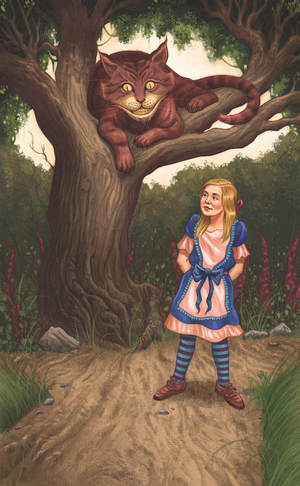


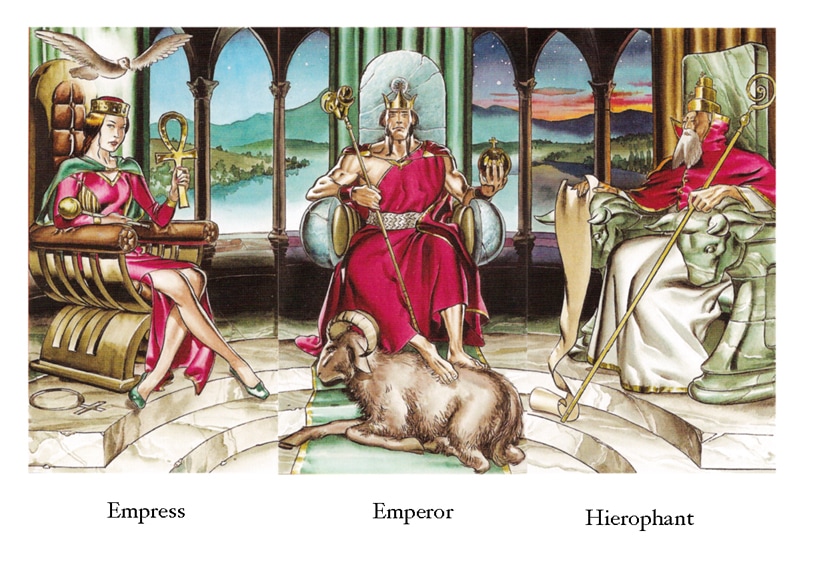
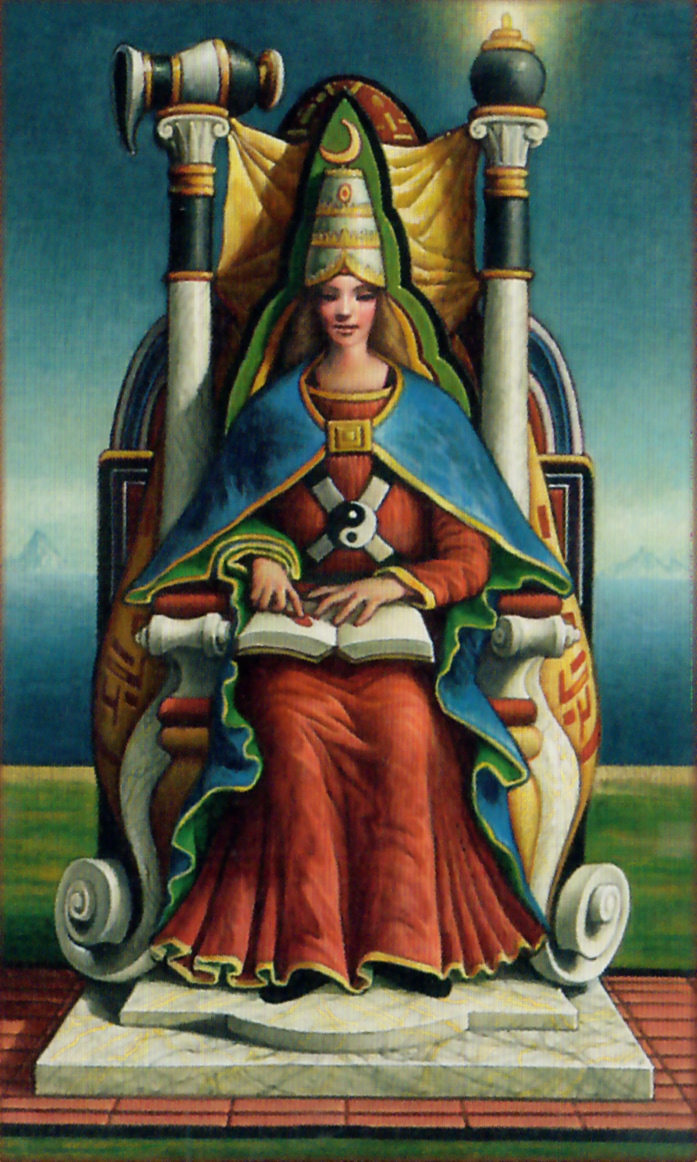
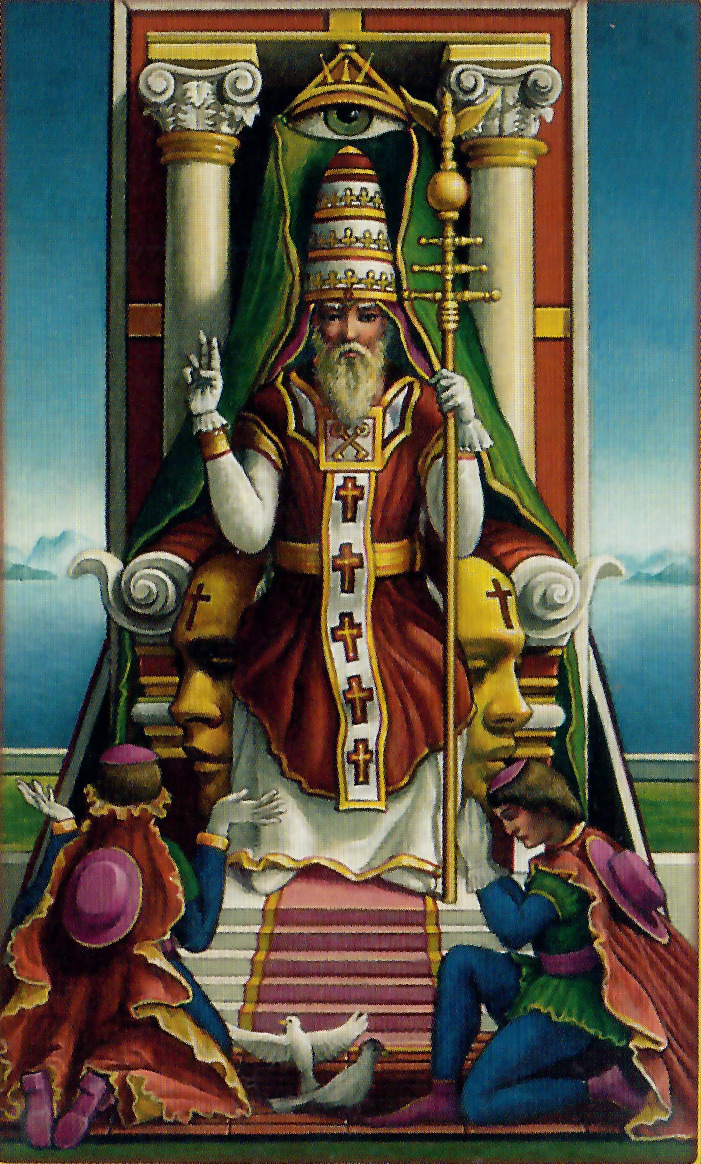
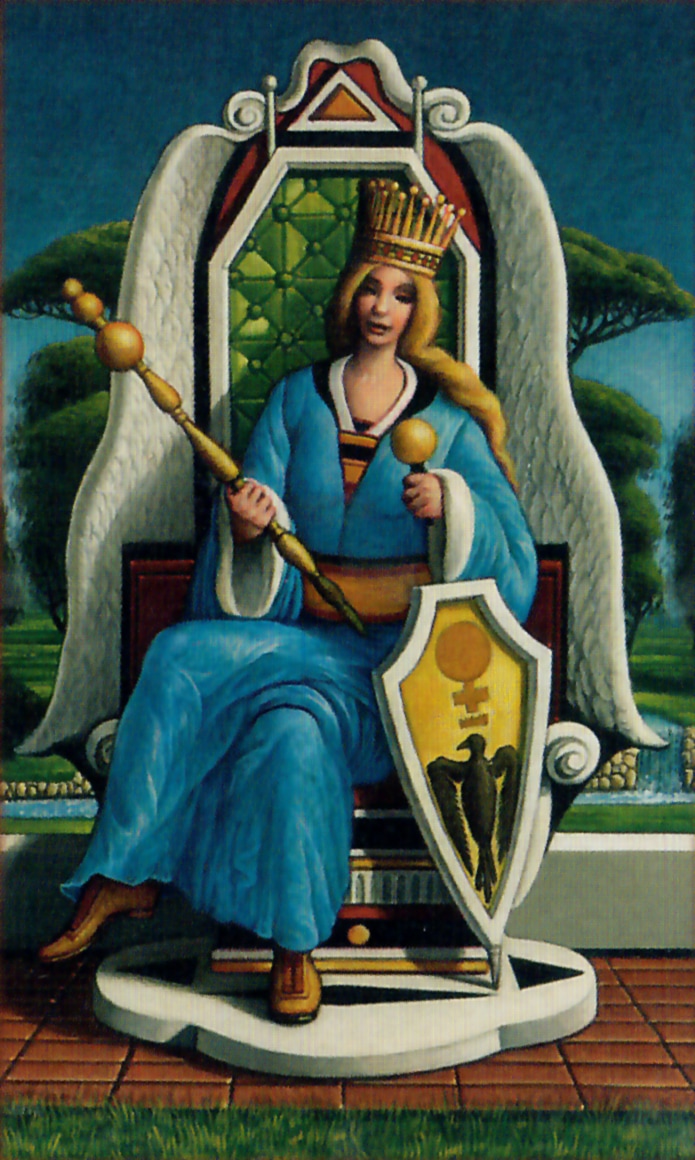
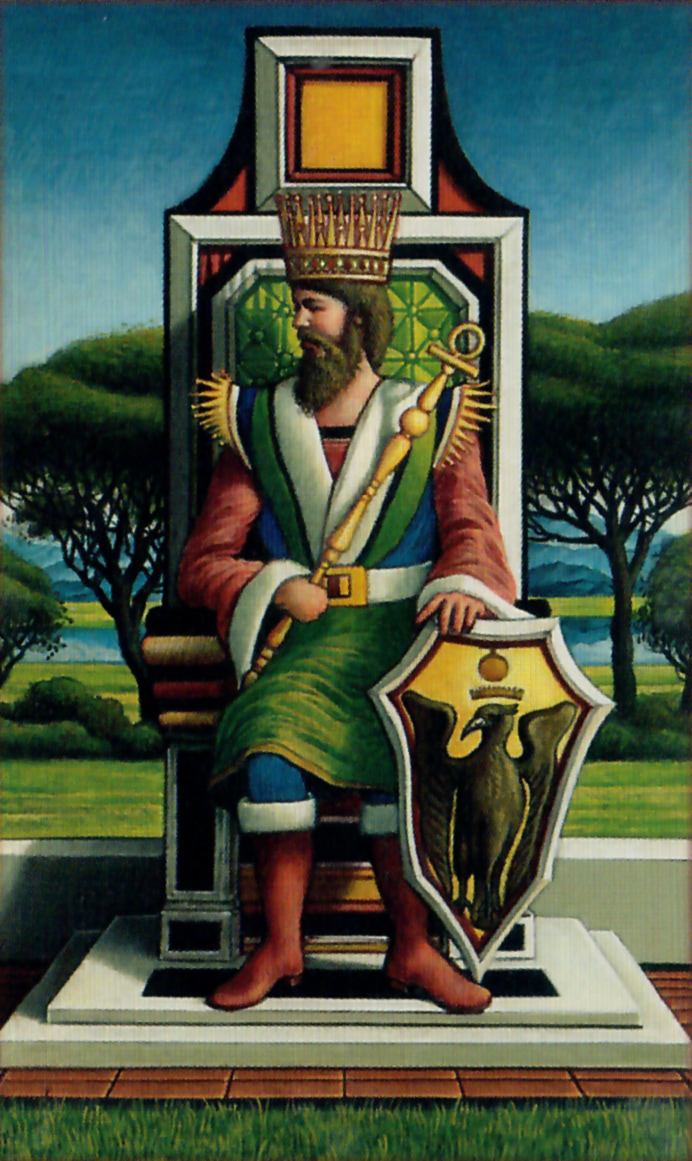
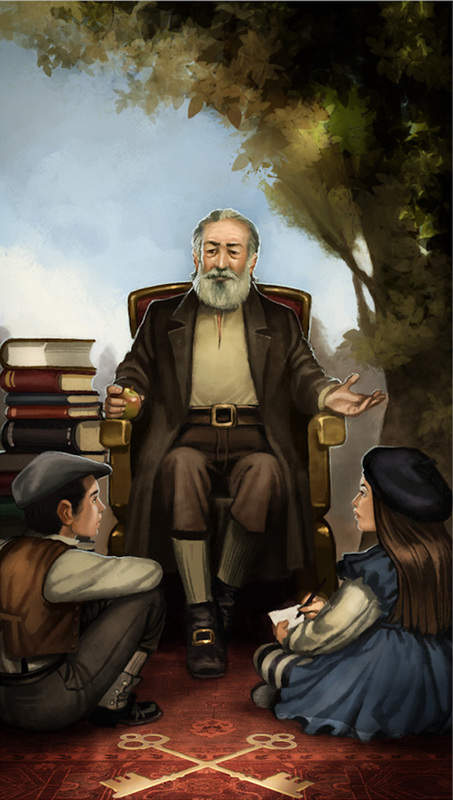
 RSS Feed
RSS Feed